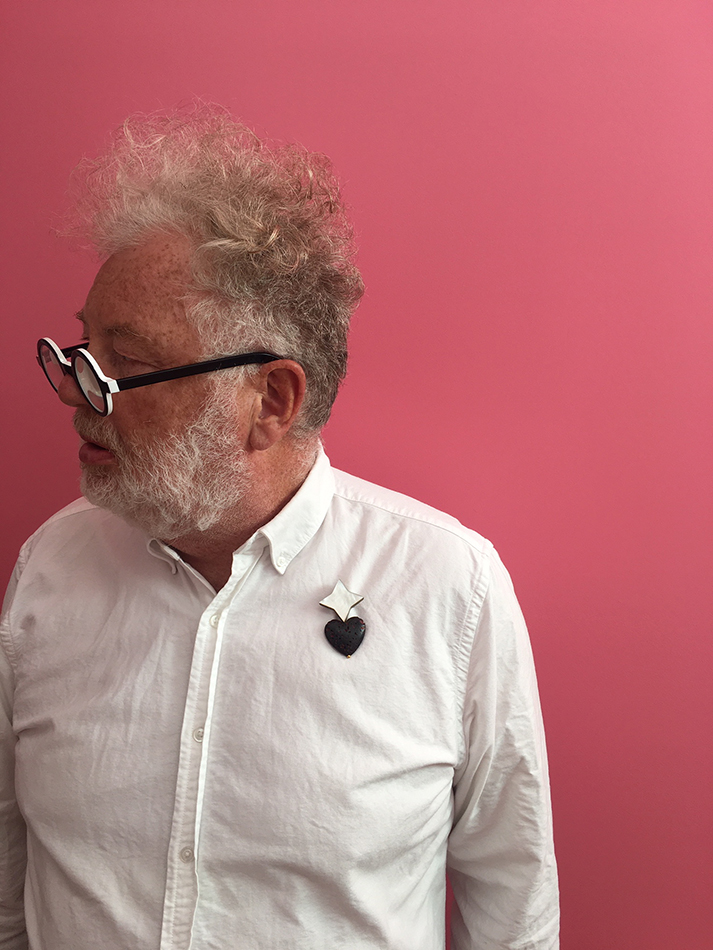What do you do?
I worked in the arts/cultural sector for many years and stopped paid work in 2015 when I left Objectspace. I’m a volunteer now, and am involved with a number of arts organisations. I’m currently the chair of the Blumhardt Foundation.
What was the first piece of art that really mattered to you?
In 1972 my school acquired Colin McCahon’s Necessary Protection (IHS) (1972) and I immediately felt a connection to it, which still lasts, which I wrote about recently for the McCahon House McCahon 100 series.
If you could add any artwork to your collection?
I was about 14 when I discovered the work of Cy Twombly. His mix of the contemporary and reference to history was formative. So a Twombly would be very, very nice. Closer to home, and closer to the ground, I did fall for Milan Mrkusich’s Painting (Meta Grey) (1974) a few years ago when it came up at auction. I’d long been aware of these great paintings that conjure infinity and had had the opportunity to be with a similar work owned by friends. It was a very large and expensive work: I hope its owner is enjoying it!
Is there one work of art in your collection that you return to time and again?
Gordon Walters, Kura (1982). It is just as taut and eloquent as when we got it in 1983. We bought it from Sir Ron Scott’s Wellington gallery and he sold it to us. He was an exceptionably charming guy and years later I worked with him. When I look at Kura, he’s part of what I see.
Tell us about a recent discovery?
My collecting over the years has mostly been in the areas of ceramics and contemporary jewellery. In the last year I’ve bought a couple of ceramics works that really thrill me. A Martino Gamper ceramic hook from his Michael Lett Gallery show, Hookaloti, and a Peter Hawkesby ceramic, Hayakawa Garden, bought from Anna Miles. Neither are vessels, they’re both sculptural works although the Gamper hook is a working hook.
Why collect?
A suite of works that I have found very affecting is Anne Noble’s Hidden Lives: the work of care (1992-1994). It gives expression to something that is both intangible and palpable, unconditional love. It is difficult to talk about unconditional love but we all know it is an ingredient of any life that is worth living. The artworks I surround myself with thrill me with the possibility of understanding the vastness and delight of life through the quests and questions of the artists who have made them.
